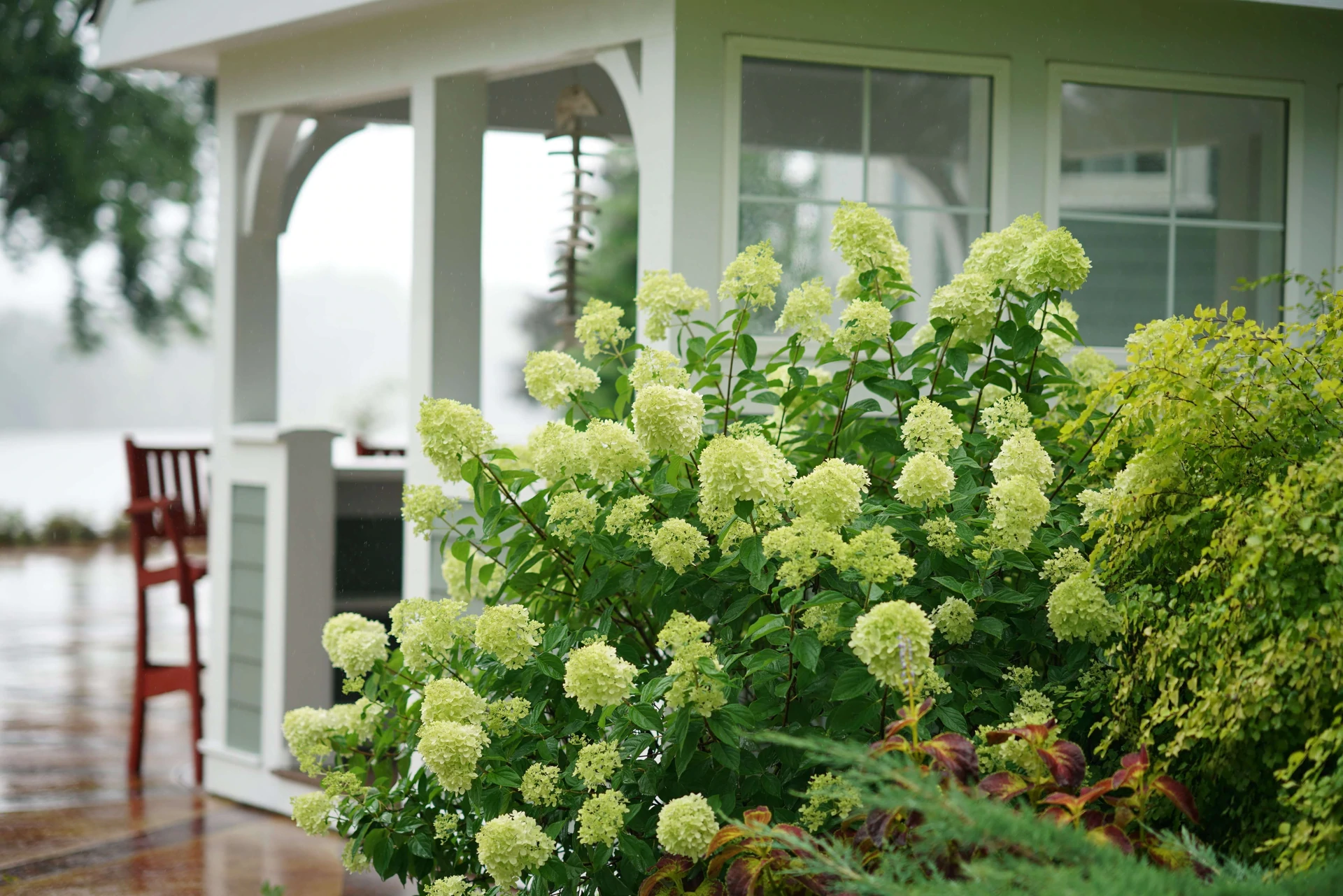It’s hard to find a garden that doesn’t have a tomato or strawberry plant in it, but a plethora of other fruit-and-vegetable-based beauties can add color and variety to your yard. Tomatoes, especially the ornamental variety, thrive in cool temperatures, so plant them in late summer or early fall, when the days are still cool. Early morning and evening frosts can even benefit tomatoes, which are often planted in late summer.
Shade and dryness often go hand in hand, and it’s best to avoid establishing a garden in a shady area until the soil has a chance to dry out. For this reason, you’ll need to be patient while you choose the right garden plants. While most garden plants do well in both types of climates, the sun-loving plants tend to offer the most color. These include lavandula, salvia, and geraniums. Many herbs also require full sun.
If you’re just starting out with gardening, consider planting annuals. They add character to your garden every season and require little care. You can also use topiary or box plants, which only require clipping once or twice a year. If you’re a beginner, you should choose plants that don’t need a lot of water, and avoid roses or other flowers that require excessive watering. They’re the easiest plants to maintain, and they will add seasonally-themed personality to your garden.
Organically-based fertilizers, on the other hand, contain plant-based materials. These are good for soil health, because they encourage earthworm activity and bacteria to thrive. Manure, compost, and nettle feeds are excellent sources of organic material. Organic materials such as worms and well-rotted manure are also good for the environment. You can even make your own compost by composting. It’s easy to use these materials in your garden and you can create your own organic fertiliser for a small fee.
You can also try novelty annuals, such as Dracula celosia, a flowery shrub with large, unusually-shaped flowers that look great in any landscape. Because it grows anywhere and has lacy leaves, this plant is a great landscaping option. If you’re short on cash, consider hiring a handyman or using a clever product. If you’re unsure about the safety of your plants, don’t forget to protect them!
A perennial sweet pea is another beautiful plant you can grow. This fragrant annual vine grows anywhere and has beautiful, pastel flowers in spring and summer. It’s a good choice for a garden with hot weather, because it won’t die when the weather changes. Its blooms attract bees, butterflies, and hummingbirds, so be sure to plant it in a sunny location. You’ll be glad you did!
Among the most important garden tasks is watering. While plants lose moisture through transpiration, they must reabsorb it through their roots. So, you should water your plants more frequently in hot weather, especially in sunny locations. You should also consider the location of your garden, as planting time is likely to vary. The Old Farmer’s Almanac suggests that seedlings should be started indoors six to eight weeks before the last spring frost.
